The Christian Doppler Laboratory for Model-Integrated Smart Production investigates the usage of modelling for engineering intelligent production facilities as well as the development of modelling languages which are able to deal with operational production information collected at runtime. In this context, we also explore the state of the art, current developments, and application of Systems Modeling Language (SysML). This OMG standard has been on the market for about thirteen years.
SysML is an extended subset of UML providing a graphical modeling language for designing complex systems by considering software as well as hardware. By conducting a systematic mapping study about SysML we aimed for
- getting an overview of existing research topics and groups
- identifying whether there are any publication trends
- uncovering possible missing links
Our analysis revealed the following main findings:
- There is a growing scientific interest in SysML in the last years particularly in the research field of Software Engineering.
- SysML is mostly used in the design and validation phases, rather than in the implementation phase.
- The most commonly used diagram types are the SysML specific requirement diagram, parametric diagram and block diagram, together with the activity diagram and state machine diagram reused from UML.
- SysML is a specific UML profile mostly used in systems engineering, however, the language has been customized to accommodate domain-specific aspects.
- Related to collaborations for SysML research over the world, there are more individual research groups than large international networks.
We (Sabine Wolny, Alexandra Mazak, Christine Carpella, Verena Geist, Manuel Wimmer) published our systematic mapping study about SysML in the journal Software and Systems Modeling and presented at Models 2019 in Munich (Slides).
Contents
1. Research Method
Our systematic mapping study process is based on the guidelines introduced in Petersen et al. [1] and consists of five steps (see Figure 1).
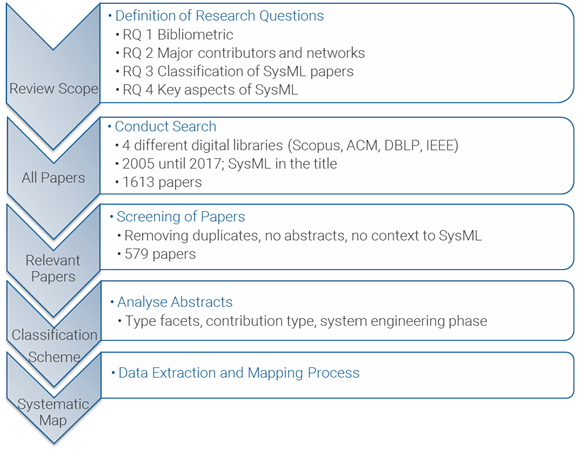
Figure 1: Systematic mapping process
We used the following keywords for our search:
- SysML
- “Systems Modeling Language” (case insensitive)
- “System Modeling Language” (case insensitive)
As digital libraries the following ones utilized:
In the following, we present some of our key results (cf. our paper for all the synthesized results of our literature study). For shortly introduce the research questions and immediately provide an answer based on our main findings.
2. Research Questions and Main Findings
RQ 1: Bibliometrics of SysML publications
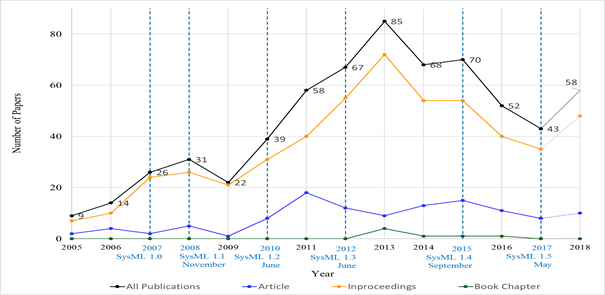
Figure 2: Number of publications per year in the period from 2005 to 2017 (included number of studies: 579), 2018 added as orientation (not included in the paper)
Figure 2 depicts the absolute number of publications per year. The plot shows that this number is subject to fluctuations. We found out that in the years, in which a new version of the SysML standard was published, the number of publications is mostly higher than in the years before. Interestingly, most of the publications were published in 2013.
Table 1: Most prominent conferences (at least 8 papers) and journals (at least 4 papers) regarding the number of publications between 2005 and 2017
| Venue | Number of Publications |
| INCOSE (Annual International Symposium of the International Council on Systems Engineering) | 32 |
| IDETC/CIE (International Design Engineering Technical Conferences) | 14 |
| ETFA (International Conference on Emerging Technologies and Factory Automation) | 13 |
| SysCon (International Systems Conference) | 12 |
| MODELSWARD (Conference on Model-Driven Engineering and Software Development) | 11 |
| CSER (Conference on Systems Engineering Research) | 10 |
| ISSE (International Symposium on Systems Engineering) | 9 |
| WSC (Winter Simulation Conference) | 9 |
| ICEIS (International Conference on Enterprise Information Systems) | 8 |
| Systems Engineering | 11 |
| Innovations in Systems and Software Engineering | 5 |
| Software and Systems Modeling | 4 |
The publications in our result set were published in 316 different venues. Table 1 lists 12 different venues: conferences with at least 8 SysML publications and journals with at least 4 publications. Figure 3 shows the distribution curve across all these publications in the time frame from 2005 to 2017 regarding the main research communities. Regarding the number of publications per year, it is obvious that most contributions were published in the field of systems engineering. However, the analysis of contributions submitted to these main venues shows that there is an emerging interest on SysML in the research field of software engineering since 2013. A reason may be that systems are becoming more and more software intensive and since 2013 different initiatives (such as Industry 4.0 in Germany to name one of the most influential ones) increasingly have started to implement sophisticated features for production area based on Internet of Things (IoT), Cyber Physical Systems (CPS), Cyber Physical Production Systems (CPPS), etc. which are focusing on both software and hardware.
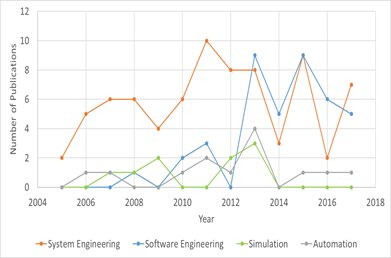
Figure 3: Number of publications per year regarding the research fields of the 12 most prominent venues (included number of studies: 579)
RQ 2: Research communities and main contributors of SysML topics
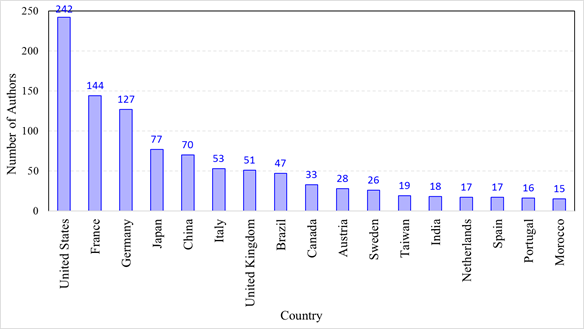
Figure 4: Number of authors per country with at least 15 authors
SysML research takes place worldwide with major contributors especially located in the USA, France, and Germany (see Figure 4). However, we discovered that the research interest on SysML topics seems to be stronger in Europe rather than in other continents (see Figure 5). The social network analysis shows an active community that fostered the discussion on SysML over the years. This network created impact in several engineering domains, ranging from frequently cited basic knowledge (e.g., system and simulation modeling using SysML) to contributions on very specific approaches (e.g., SysML4Modelica, SysML4Mechatronic). The interest on SysML has been expanded, since researchers moved from one research group to another.
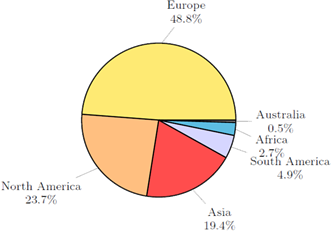
Figure 5: Percentage of numbers of authors per continent
RQ 3: Classification of SysML publications
For the classification of our different publications, we used three different kinds of categorization:
- Type facets according to Petersen et al. [1]
- Systems engineering phases based on the V-model related to the VDI guideline 2206 [2]
- Contribution type on the basis of the types of research results introduced by Shaw [3]
Figure 6 shows the systematic map of SysML publications regarding type facets, systems engineering phases, and contribution types. This figure presents the interplay of all the probed categories and their classification.
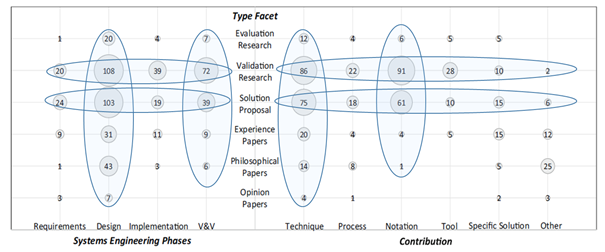
Figure 6: Systematic map of SysML papers
It turns out that in the area of systems engineering the phases design and validation are predominant topics in all type facet categories. Thus, design and validation are clearly the dominant engineering phases in the usage of SysML. Regarding contribution types, we concluded that the types focusing on technology and notation are more likely to be found in the research type facets “Solution Proposals” and “Validation Research”.
RQ 4: Key aspects of applying SysML
Most of the publications in our result set deal with problems in the design phase followed by the V&V phase. To realize their approaches, the authors mostly develop their own techniques and notations. Thus, there are a plethora of papers dealing with SysML extensions or transformations to other languages, techniques, and tools. To visualize the different transformations, we created a formalism transformation graph (FTG) [4] for our mapping study. In addition, we used the same principle for creating a formalism extension graph (FEG) showing the different extensions (mostly in terms of profiles) proposed for SysML.
Figure 7 shows the FTG as heat map (fewer publications: blue; at least 10 publications: red) with its various transformations of SysML to other languages for different application scenarios such as simulation, verification, analysis, and extracting code. The most prominent transformations are: extracting verification models (e.g., different kinds of Petri Nets, PRISM) and extracting simulation models (e.g., Modelica, Simulink). The FEG (see Figure 8) visualizes the different extensions of SysML used in the approaches, techniques, and methods introduced and presented in the papers of our result set. Again extensions for simulation are predominant, but also extensions for architecture modeling, systems of systems, and automotive are frequently proposed.
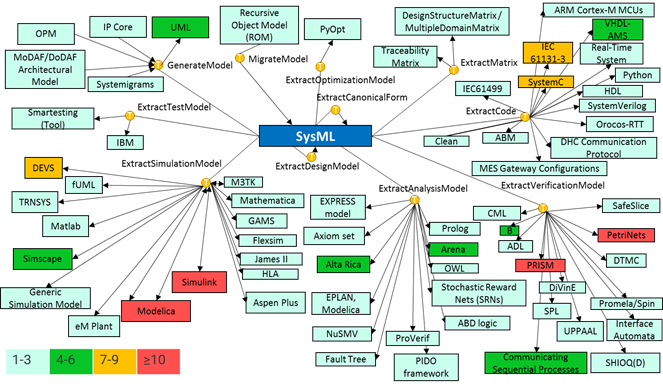
Figure 7: Formalism transformation graph (FTG) of SysML publications with heat map encoding
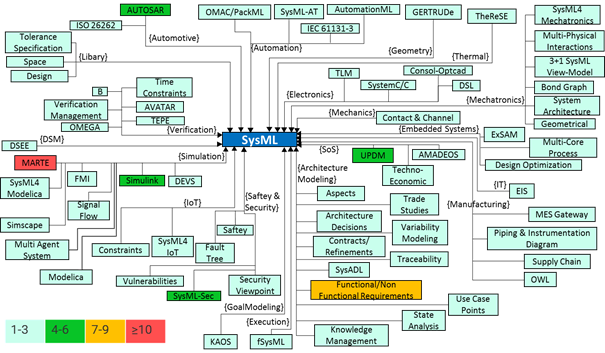
Figure 8: Formalism extension graph (FEG) of SysML publications with heat map encoding
3. Conclusion and Future Perspectives
Currently, the OMG is working on a new version of SysML (abbreviated SysML v2). Based on the ongoing discussion, it becomes apparent that the main challenges regarding the usage of SysML, which we have identified and discussed in the mapping study, are also admitted in the current work of the standardization group. For instance, SysML v2 is intended to expand the requirement diagram by formal definitions of non-textual requirements. The issue of ambiguous operational semantics of SysML should be overcome as it has been done also for UML with fUML. There are also planned enhancements to have a timing component in models, which is an important issue, e.g., when modeling continuous systems in combination with discrete systems. Our mapping study reveals that there is still a need for studies considering both parts of CPS at the same time.
All data (i.e., founded results, search strings, screened paper, classifications) can be found on figshare at https://figshare.com/s/871aa0c03aa18eb3edf6.
Contact us if you have any questions or if you like to build on our data set. We are also planning to continue the analysis of the data set for other research questions and would be happy to find collaborators. Just send us an email (sabine.wolny[at]jku.at; alexandra.mazak-huemer[at]jku.at; manuel.wimmer[at]jku.at)
References
[1] Petersen,K., Feldt, R., Mujtaba, S., Mattsson, M.: Systematic mapping studies in software engineering. In: Proceedings of the 12th International Conference on Evaluation and Assessment in Software Engineering, EASE’08, pp. 68–77. British Computer Society, Swinton, UK (2008).
[2] VDI Verein Deutscher Ingenieure: https://www.vdi.de/2206, Accessed: 2017-03-14.
[3] Shaw, M.: Writing good software engineering research paper. In: Proceedings of the 25th International Conference on Software Engineering, Portland, Oregon, USA, May 3–10, pp. 726–737. IEEE Computer Society (2003).
[4] Lúcio, L., Mustafiz, S., Denil, J., Meyers, B., Vangheluwe, H.: The Formalism Transformation Graph as a Guide to Model Driven Engineering. Tech. rep. McGill University (2012).

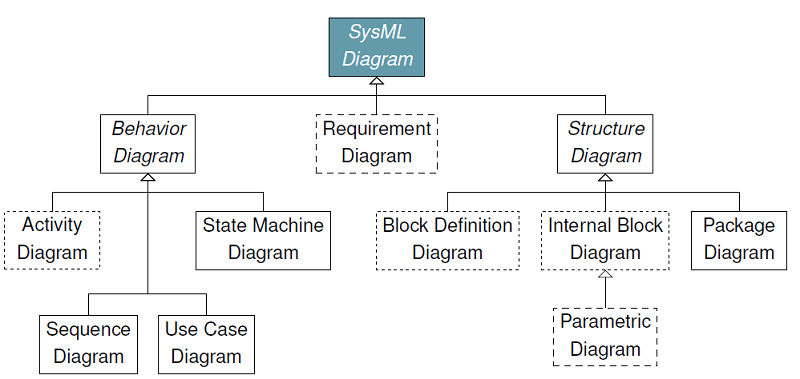


Many thanks for the views from different perspectives. Very enlighting to me, because my personal perspective is mainly that of a MBSE/MDSE consultant and/or Systemsarchitect.
great paper!
affirming a lot of my subjective causal chains and facts/beliefs from >20 years of consulting in Model-driven Engineering
almost 22 years ago, on December 1997 the UML v1.1, the first public specification of UML was published. My start with UML was a little earlier with the first draft of v1.1.
I think, I am growing old 😉
Nevertheless I admit, a great paper.
/Carsten